What if water, plants, and bacteria could literally talk to us? Bio-designer Ermi van Oers shows that this future has already begun. Through projects where living organisms generate energy, she makes the voice of nature both visible and audible.
In her Rotterdam-based studio Nova Innova, Van Oers weaves together design, science, and biology into installations that blur the boundaries between humans and nature. One of her latest projects, POND, generates electricity through bacteria living in water. The color of its light reveals the water’s quality: blue and green indicate health, while orange and red warn of pollution and an unhealthy ecosystem. “It’s as if the water itself gains a voice,” says Van Oers. Successful pilot projects are already running at Diergaarde Blijdorp in Rotterdam and at the Deltares research institute in Delft. “In 2026, they will be located in various places in Rotterdam, Amsterdam, and Utrecht.”
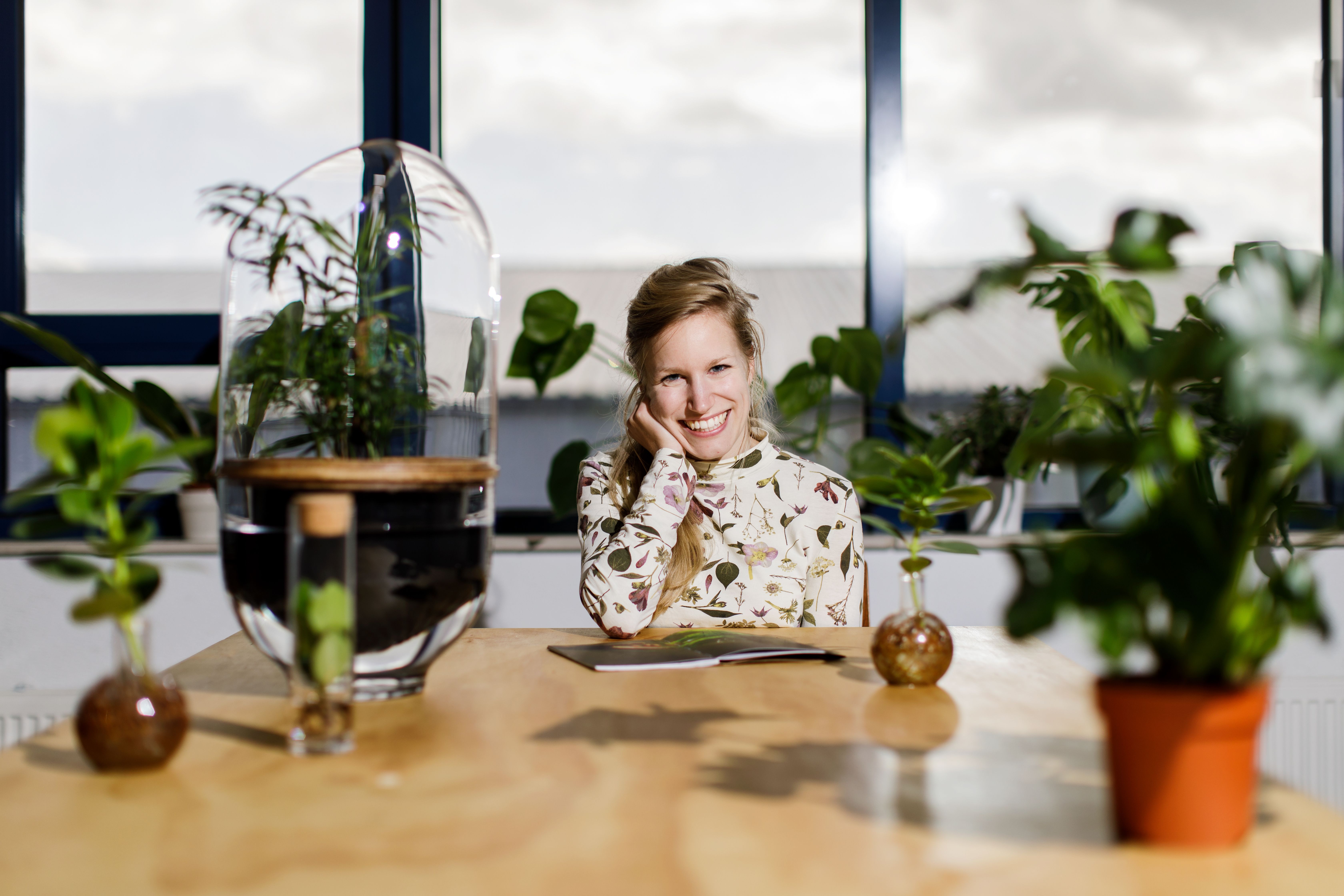
Living Light
Another well-known project is Living Light, a lamp powered by a plant’s photosynthesis. Here too, bacteria play the leading role. It’s an ambient lamp that you can only turn on by gently touching the plant. Soon, Van Oers began dreaming of an entire park illuminated by plants and decided to focus her work on this concept, to amplify its impact and give nature in public spaces a greater economic value.
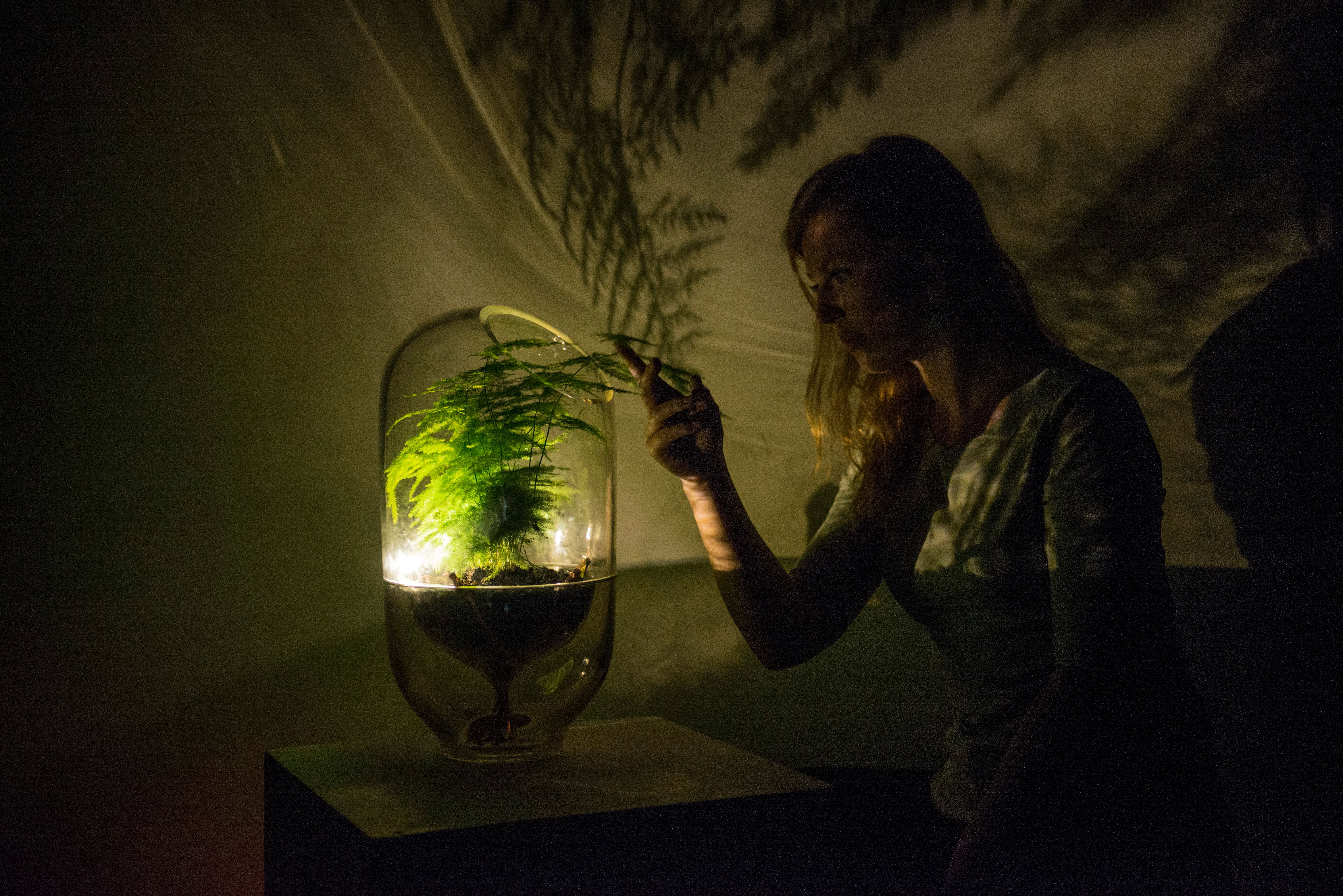
This shift led to larger installations in which multiple plants collaborate. In Het Park van Morgen (The Park of Tomorrow) in Rotterdam, a 35-meter path now lights up with lamps powered by plants’ photosynthetic processes. “It feels like walking through a trail of fireflies,” Van Oers says. “Visitors are often amazed: ‘Wait, is this real?’ It’s truly a magical experience.”
In a park setting, if one plant grows less well, the others compensate. Van Oers is also developing a new consumer version, a kind of microbial candleholder that needs to be ‘fed.’
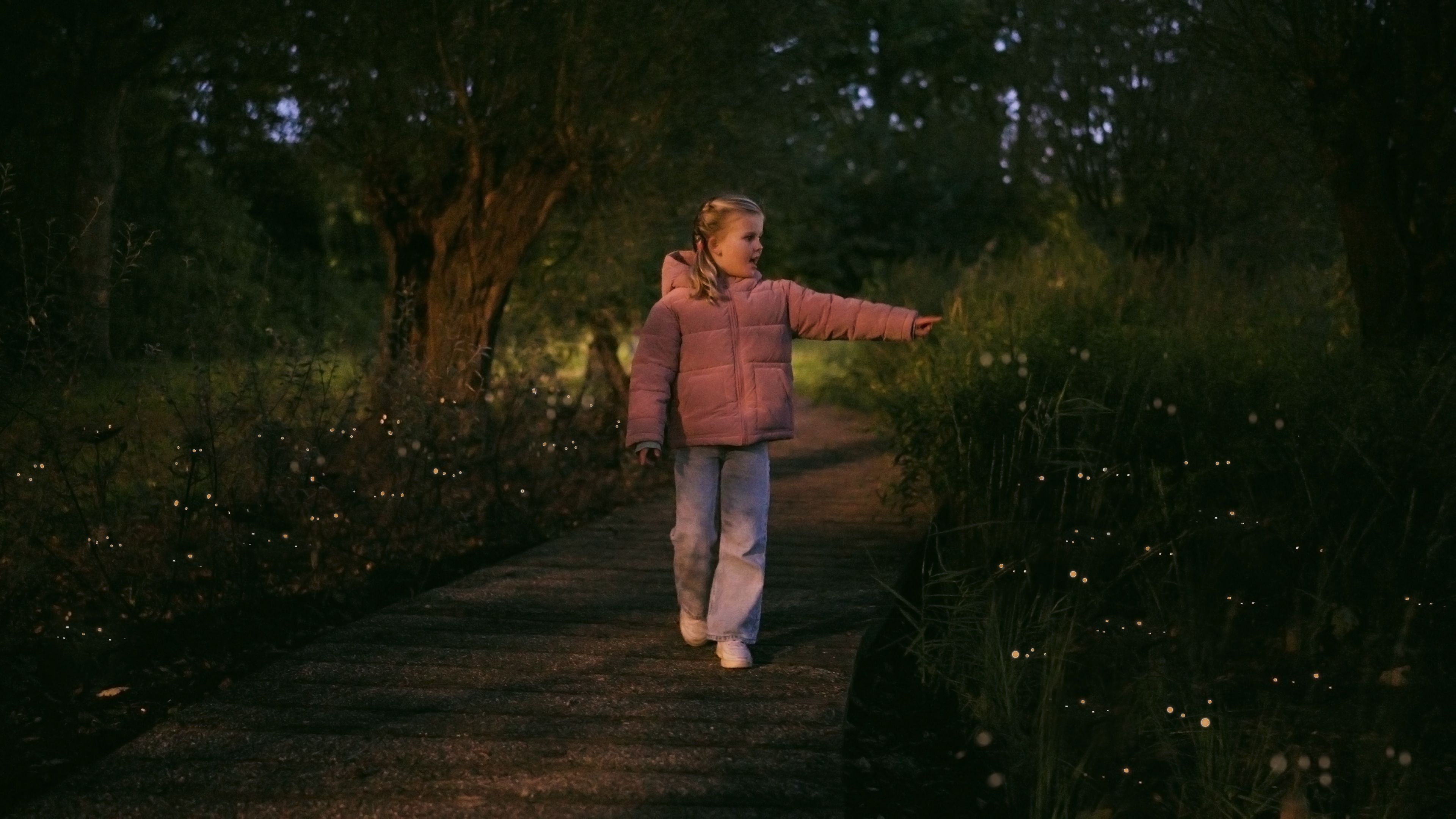
The greatest library of Mother Earth
What drives Van Oers is a deep sense of wonder at the intelligence of nature itself. “Nature has existed for 4.5 billion years and contains such ingenious systems,” she says. “I keep asking myself: what can we still learn from that? How can we combine that intelligence with modern science and technology? Nature is Mother Earth’s greatest library.”
For her, that library is not only a source of knowledge but also a medium of communication. “In ancient tribes, communicating with nature was a natural part of life. People truly felt part of the ecosystem and took care of the nature around them,” she explains. “I design systems that allow nature to talk to us and help us relearn how to take better care of her. The better we do that, the more energy she gives back.”
Ultimately, Van Oers hopes that once we reconnect with nature, her systems will no longer be necessary, because we will have retrained our own senses to hear nature’s voice directly.
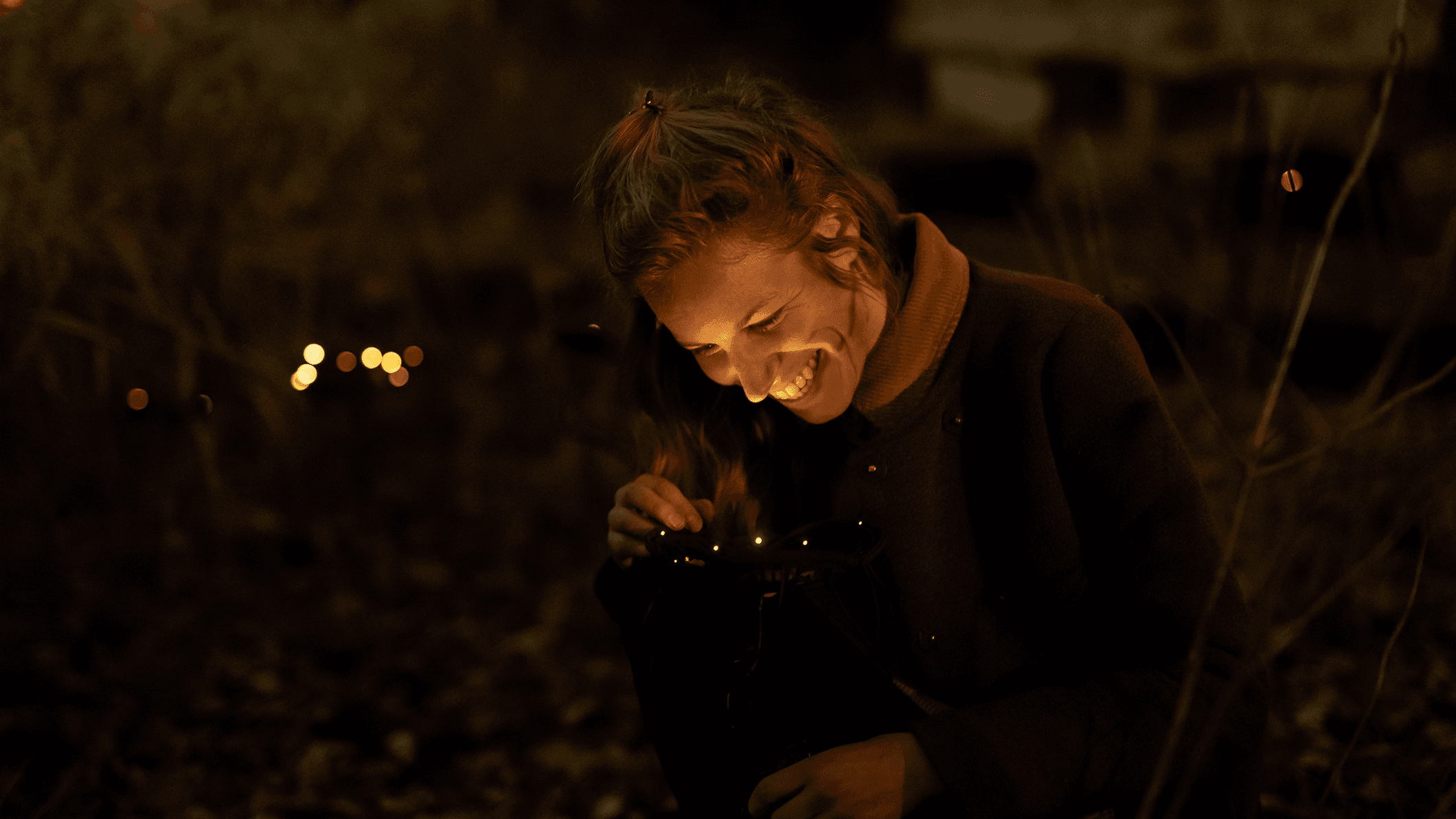
A bio-design revolution
Looking ahead, Van Oers envisions a bio-design revolution: a world where humans no longer stand apart from nature but collaborate with it. She advocates a shift from economic to ecological thinking. “For so long, our choices have been driven by economic growth,” she says. “But what if ecology became the new economy?”
In her vision, we don’t just look for solutions, we seek partnerships with living systems, from plants to microbes. Technology and nature cease to be opposites; instead, they become collaborators. “The better you care, the higher the value becomes.”
On October 24, 2025, Ermi van Oers will share her work at the Next Nature Conference in the Next Nature Museum in Eindhoven. Get your tickets here!
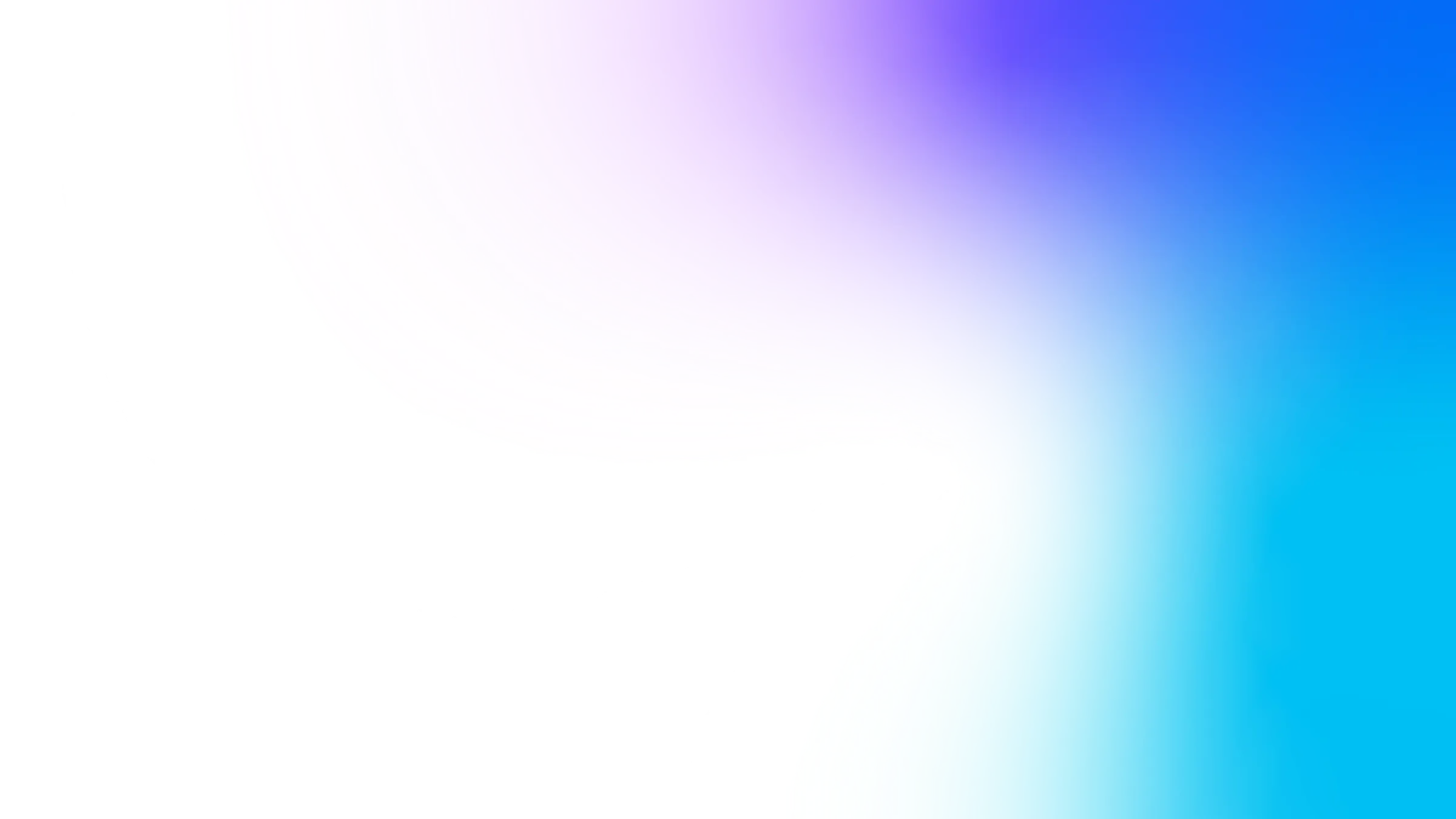
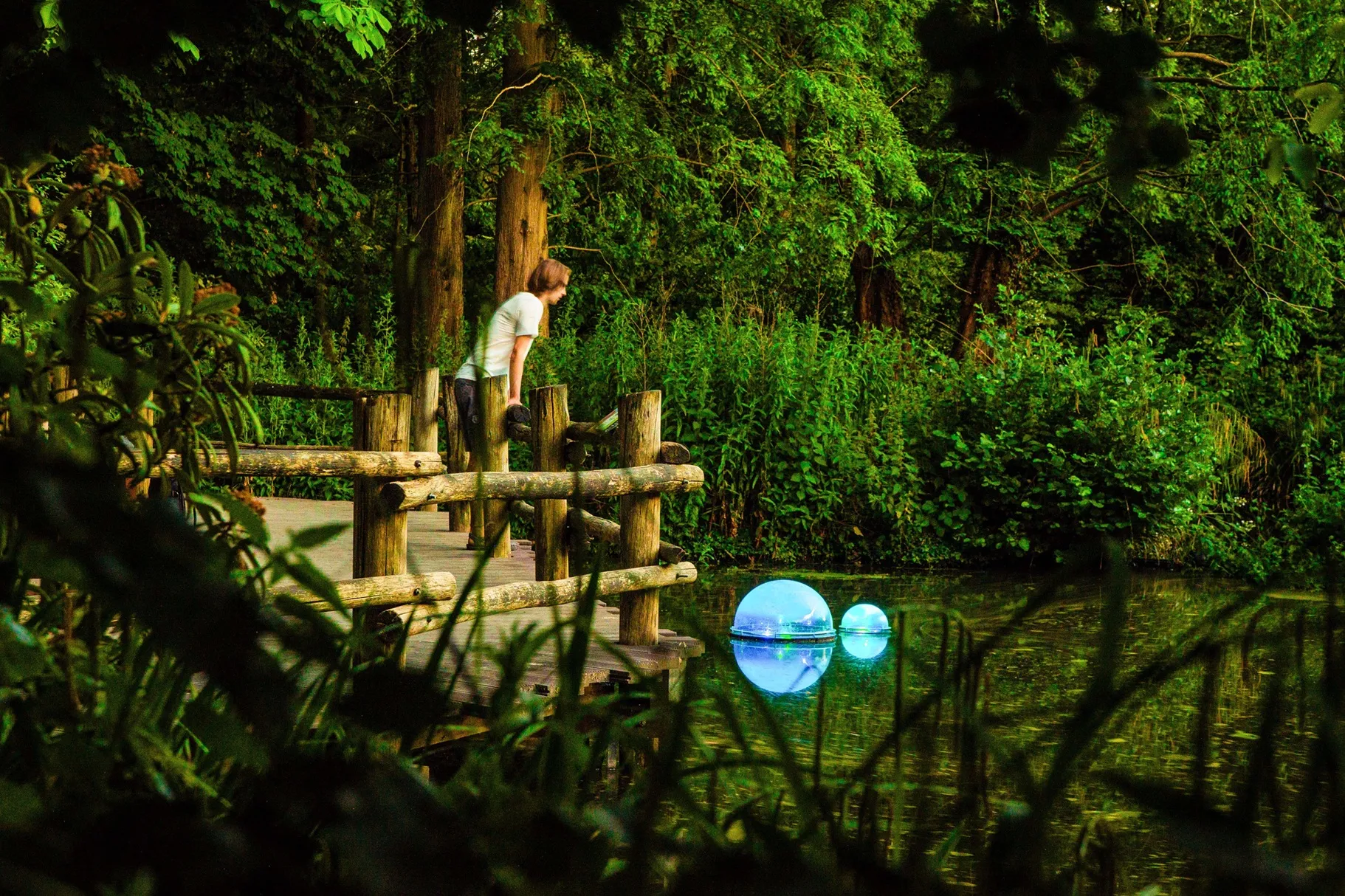
Comments (0)
Share your thoughts and join the technology debate!
No comments yet
Be the first to share your thoughts!